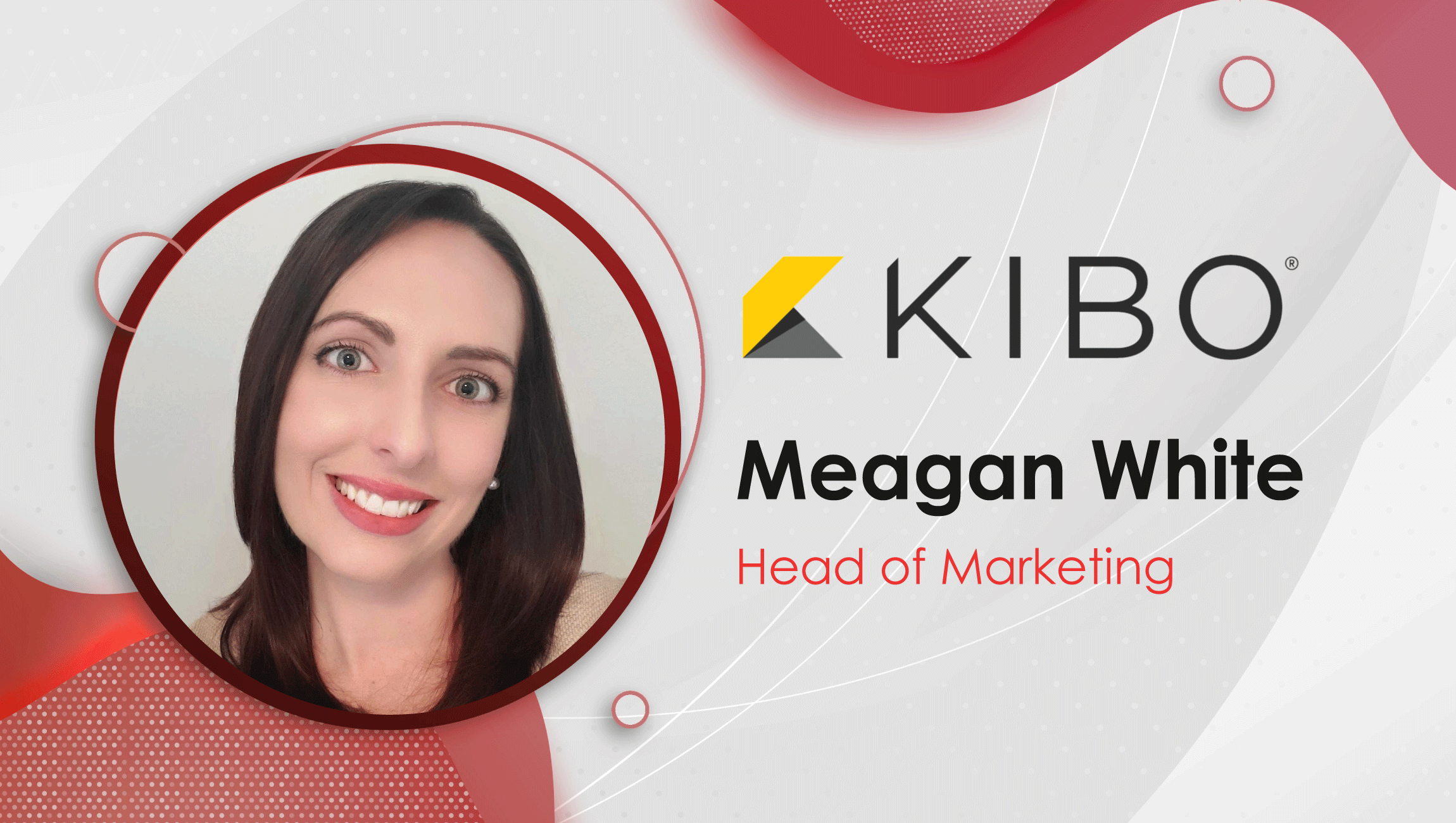Thomas From, Adnami’s VP of Product, takes us behind the scenes of the high impact ad platform’s new attention measurement metric.
________
There’s a general acceptance across the ad industry that attention is the metric of the future, and one that will boost advertising effectiveness and business goals for publishers and advertisers. The problem is, because attention is still relatively new on the scene, there is no affordable, easy and accurate way of measuring it. That changes with the arrival of the Adnami Attention Score (AAS). This provides our clients with a scalable proxy that can reliably measure attention on high impact ad campaigns, and also produce a benchmark for future analysis.
When it came to developing the AAS, it was pretty obvious that traditional measurement metrics such as CTR and viewability were not great at measuring attention. These server-side metrics do analyse on-screen action, and provide easily comparable data that can be benchmarked, but they don’t give you a good understanding of if a consumer is in fact looking at an ad. That is what attention enables, and what we’re trying to measure with the AAS.
To go about this, we decided to look at a range of signals, and how these might combine to create an accurate way of measuring attention and ad effectiveness.
Marketing Technology News: MarTech Interview with Wain Kellum, CEO at Canto
The Signals
1. Visibility
This is our take on viewability. In order to generate any meaningful value, a considerable portion of an advertisement must be visible to the user. In accordance with MCR standards for viewability, we only measure attention on ads that are at least 30% or 50% in view, depending on the specific format.
2. Pixel Coverage
Coverage refers to the amount of screen real estate occupied by an advertisement. For instance, an ad that occupies 100% of the screen naturally draws more attention than a placement that measures 10×10 pixels and covers 1% of the screen.
3. Time in view
Time in view is a good indicator of how much attention an ad is getting. The more viewable an ad is, the higher the probability that it will generate attentive time. However, the impact of time in view isn’t linear, with an optimal duration of three to ten seconds being the most effective for generating sales.
4. Engagement
Another key signal of user attention is engagement. For instance, a banner ad that includes interactive elements (such as a gallery showcasing images of a travel destination) can be particularly good at gaining attention, because viewers are encouraged to click through the picture. However, not all engagement is positive. If a consumer scrolls away, or hits the close button, then this doesn’t count as attention. Considerations like this are built into the AAS model.
5. Format
And finally, the attributes of each Adnami high impact format have been analysed using an eye tracking study to understand the impact of each format on attention. This data has been built into the AAS model, too.
The Dashboard
Combine these signals and you get the Adnami Attention Score. This consists of two elements: Attention Per Mille (APM), which is all about measuring ad effectiveness; and Effective Attention Per Mille (eAPM), which – because it is based on total impressions – is about campaign optimization. Between these two metrics, the AAS is capable of providing accurate attention measurement via a predictive model that is also affordable and benchmarkable.
We’ve integrated AAS into the Adnami dashboard and it’s automatically included across all campaigns. Our clients don’t need to implement tracking pixels, or anything like that – it just works out of the box and provides a variety of ways to measure attention. You can split it out by campaign, domain, creative and format to discover just how much attention each ad is getting, in near real time. This allows our clients a deep understanding of the cognitive processes taking place within the viewer’s mind when watching their ads.
Marketing Technology News: How Predictive Analytics and AI Can Drive CX, Cross-Selling, and Signal Marketing Targeting






